Search
Search Results

Definition
Germ Theory
The germ theory, which emerged in the late 19th century, demonstrated that microscopic germs caused most human infectious diseases. The germs involved included bacteria, viruses, fungi, protozoa, and prions. Louis Pasteur (1822-1895), a French...

Image
Pasteurization Experiment
Louis Pasteur's pasteurization experiment illustrates the fact that the spoilage of liquid was caused by particles in the air rather than the liquid itself. These experiments were important pieces of evidence supporting the idea of Germ Theory...
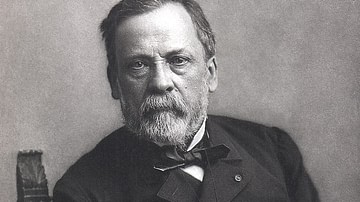
Image
Louis Pasteur
Restored studio portrait of Louis Pasteur (1822-1895), photographed by Paul Nadar.

Image
Cholera Bacterium
Scanning electron microscope image of Vibrio cholerae. This is the bacterium that causes cholera.
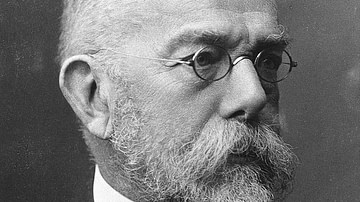
Image
Robert Koch
Portrait of Robert Koch (1843-1910), published in 1907 in Les Prix Nobel.
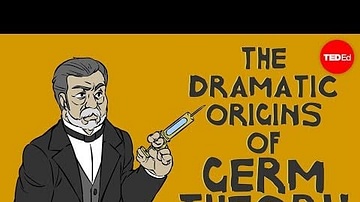
Video
How a Few Scientists Transformed the Way We Think about Disease - Tien Nguyen
View full lesson: http://ed.ted.com/lessons/how-a-few-scientists-transformed-the-way-we-think-about-disease-tien-nguyen This video was created with support from the U.S. Office of Research Integrity: http://ori.hhs.gov. For several...

Video
How We Discovered Germs
Humanity didn't always know about the invisible viruses, bacteria, and microbes that can cause disease. But that doesn't mean we didn't come up with some truly bizarre ideas. From the four humors and miasma theory to bloodletting and trepanation...
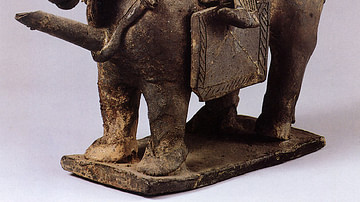
Article
The Horse-rider Theory in Ancient Japan
The 'horse-rider theory' is a controversial proposal that Japan was conquered around the 4th or 5th century CE by a culture from northern Asia to whom the horse was especially important. Although archaeological evidence and genetics point...
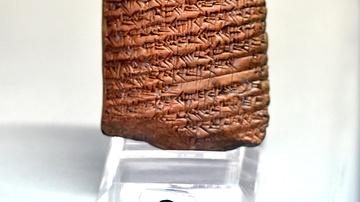
Image
Geometric-Algebraic Theory Clay Tablet from Tell al-Dhabba'i
This clay tablet narrates a geometric-algebraic theory of how to make a solution for a mathematical problem. The conclusion applies a theory very similar to the Pythagorean theorem. From Tell Tell al-Dhabba'i, Iraq. Old-Babylonian period...
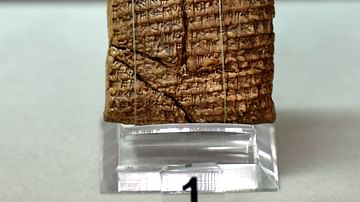
Image
Geometric-Algebraic Theory Clay Tablet from Tell Harmal
This clay tablet narrates a geometric-algebraic theory of angles and triangles, similar to to the theory of Euclid of Alexandria, the father of geometry (lived c. 300 BCE). From Tell Harmal (ancient Shaduppum), Iraq. Old-Babylonian period...